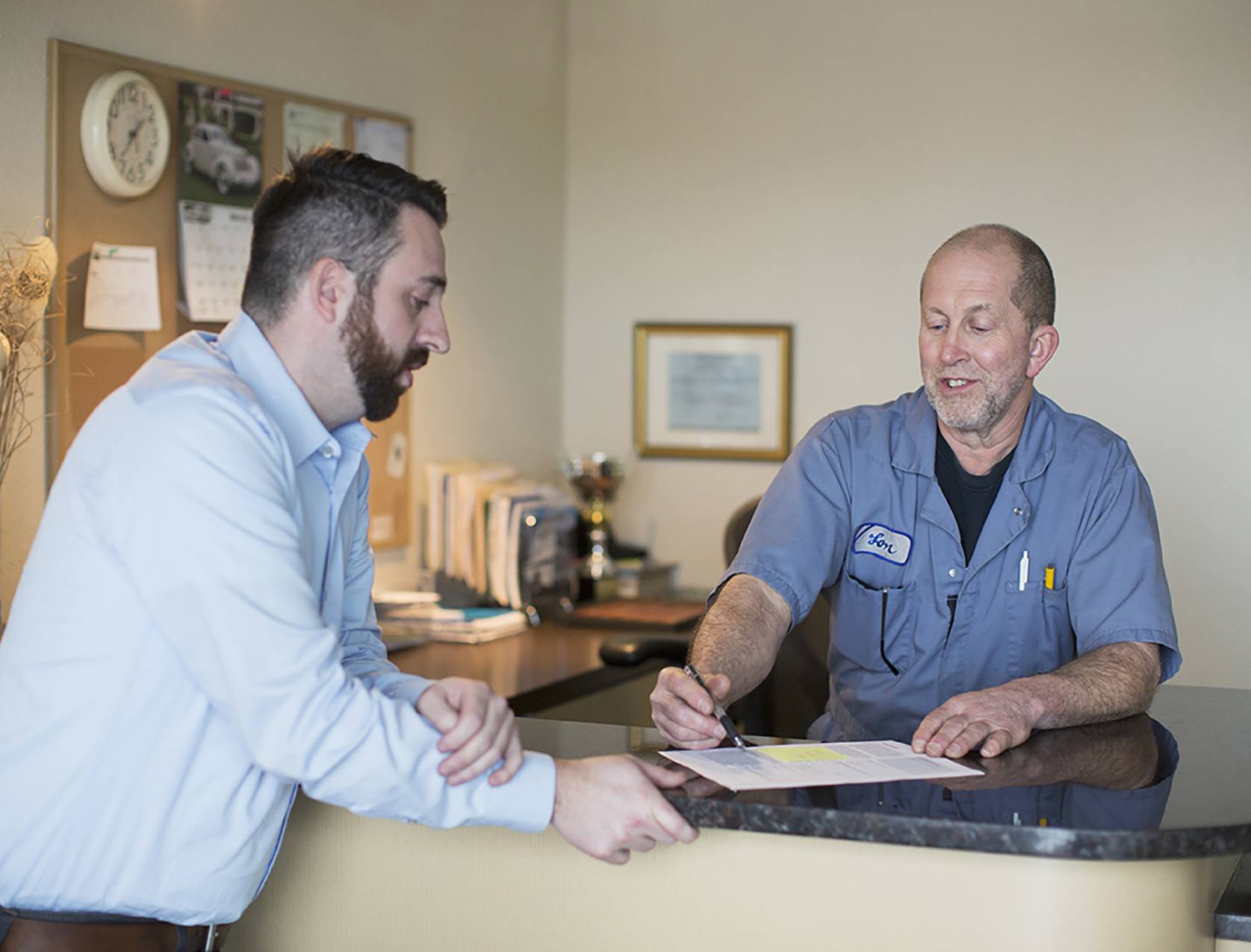Money Matters
How better communication can help you speed up payments

As a small business owner, you wear many hats and must learn lots of new skills to keep your business afloat. You may not have had official training in accounting, inventory management or sales but your passion for what you do motivates you to develop the skills you need to get the job done.
However, there’s one particularly niche skill set that has challenged small and medium-sized enterprises (SMEs) globally since the beginning of sales – collecting payments from slow-paying customers. With technology eliminating many of the other daily nuances that slow you down, why don’t we just wave a magic wand to speed up payments yet?
Change behaviour to speed up payments
Technology and legislation are working to alleviate this challenge for SMEs and we sanctioned research to take a deeper look at reasons why the problem exists.
Our Delayed Reaction: The Impact Of Late Payments report shows 35% of UK consumers say they have no particular reason for making payments late, which means the resolution could be to facilitate a change in your customers’ behaviour (eg, forgetfulness, procrastination) and their interaction with you.
Perhaps the remedy to your late payment woes is in how you’re asking for payment. Here are three ways a better communication strategy can speed up payments and get you paid faster.
Control the conversation
Our research also shows that 40% of UK SMEs say the biggest barrier to chasing late payments is their fear of awkward conversations and straining relationships with their customers.
It seems the catalyst for this is mostly behavioural and can be overcome by understanding your customers’ rationale better and being prepared with talking points to help drive the conversation.
In The Art of Being Paid, our strategic guide to chasing up late payments, we identify common late-payer personas and how you should approach each in your correspondence with them. A better understanding of what’s slowing them down will help you get them to take action. When it’s done the tactical way, it doesn’t have to be awkward.
In fact, our Sage Business Experts advise the earlier you begin mentioning the invoice, the better. Alison Parsons, an accountant at accountancy firm Albert Goodman, says: “Invoice your customers immediately. While making a sale is great, the faster you receive your payment, the sooner your cash reserves are replenished.
“And try emailing invoices and statements – that can save time and provide your customer with the opportunity to pay you a lot sooner.”

Keeping in touch with your customers will help if you want to speed up payments
Keep in touch
Every communication touchpoint you have with your customers is an opportunity for quality control and to manage their expectations, advises Sid Moore, founder of Moore Accountancy.
She says: “The main things are to ensure your invoice clearly states the payment terms (such as seven days or 30 days) and a due date of payment. And you should regularly chase your debtors so they will get used to knowing that they will be chased if they do not pay on time.”
Send regular updates during the job so the client gets accustomed to a communicative relationship with you. As Jenny Garrett, founder of Reflexion Associates, suggests, a friendly rapport goes a long way in this situation. She says: “Make friends with those who are paying your invoices. Make sure they know you by name and that you’ve created a personal connection – it can move your invoice higher up the pile.”
Let your invoice do the asking
Aside from no reason at all, our research shows the top three reasons for late payments are the payment is pending (44%), customers only pay off invoices during certain time frames (22%) or they never received the invoice (18%).
The latest technology in accounting software complements these conversations, which makes it easier for small businesses to get paid faster. Conrad Ford, chief executive of Funding Options, says technology is the best counter for late payment excuses.
“If you make a mistake in your invoice, you’re giving a ready-made excuse to be paid late – particularly if your client is a large business,” he advises. “Recheck the information in each invoice before you send it and use proper invoicing tools such as online accounting software to ensure your invoice meets VAT requirements.”
Accounting software integrated with invoice payments also allows you to create, send and track invoices from your mobile device. Each invoice has an embedded “pay now” link for customers to pay directly from their invoice. You can confirm when they’ve received the invoice and when it’s been paid. And since the entire process is automated, errors and customer disputes are minimalised.
How do you manage late payments? Got an interesting tactic that you use to speed up payments? Share your stories in the comments below.
The Art of Being Paid
Chasing invoice payments doesn’t have to be painful. Use this kit to answer a few questions about your customers so you understand their payment drivers, then read our advice on how to flex your style for each, calling techniques and much more.






Ask the author a question or share your advice